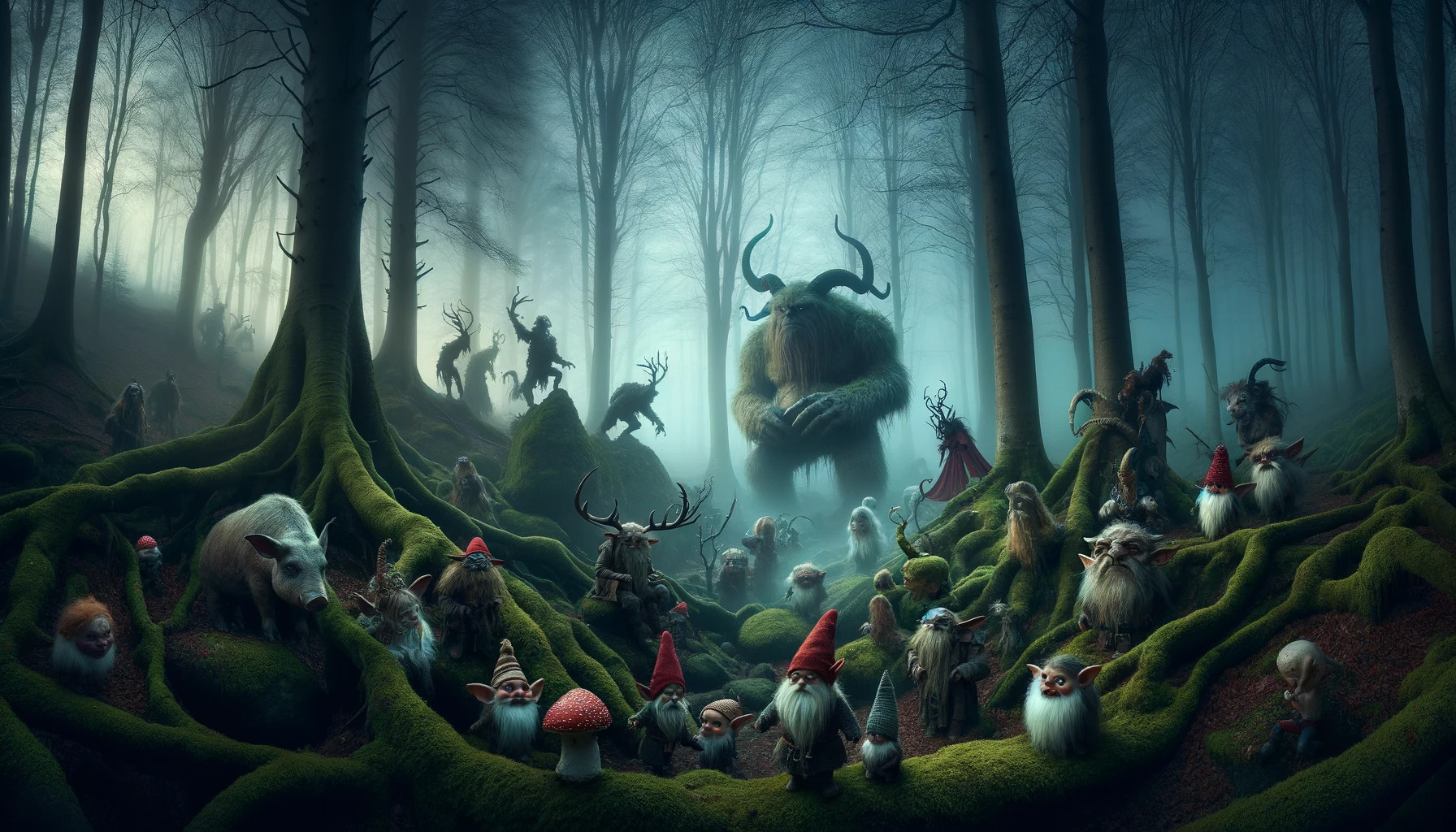Scandinavian folktales are full of fascinating mythological and supernatural creatures.
Some of the most common ones are giants, trolls, gnomes (”tomte”) and fairies, but also specific beings such as the Neck or Nix (”Näcken”) and the Huldra (”Skogsrået”).
Although some – such as the giants – have roots in the old Norse religion, in Folklore these creatures have more of an explanatory quality for phenomenons that people couldn’t explain; the feeling of being watched in the forrest, someone suddenly falling ill, milk turning sour over night, features of the landscape etc. All could be explained by the presence of supernatural beings.
When the Nordic countries became Christian, the church tried to exterminate these old belief systems, without much success. People in general had no problems with incorporating folktales and mythological creatures into their Christian worldview.
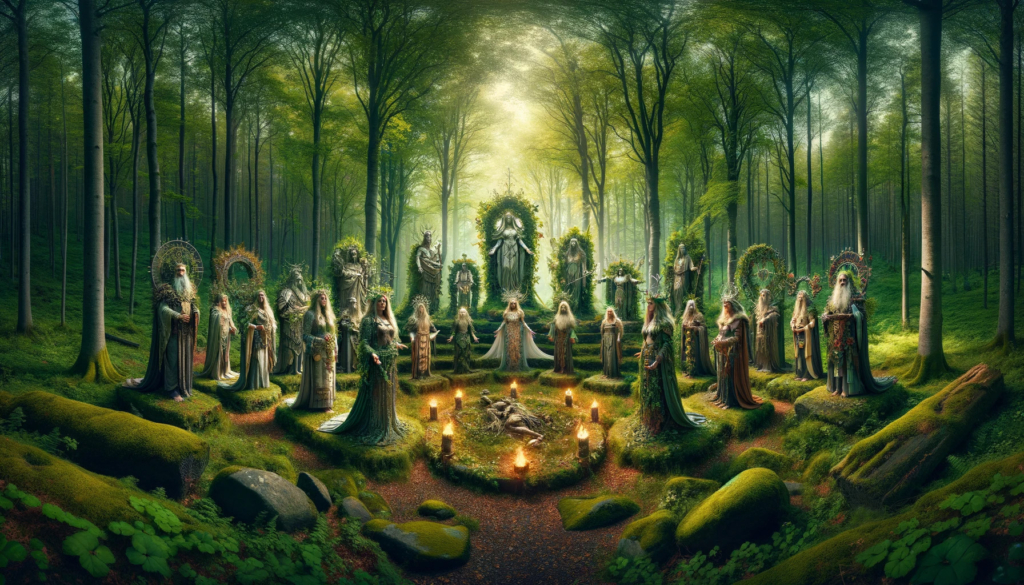
But how did people explain their existance?
Of course, there are different ”creation stories” and they vary both geographically and temporally.
One explanation is that they are old, minor Gods who ruled and cared for the nature. In heathen times they were worshiped, but were pushed aside when Christianity came. Their power has diminished, but they have not vanished. It could explain the hostility they sometimes show people – they are angry they are no longer worshipped.

Another explanation for the supernatural beings comes from the Bible. Before Eve, Adam had another wife – Lilith. She was headstrong and free-spirited, and God did not consider her a good spouse for Adam. He created Eve and Lilith was pushed aside. She and her children had to live in the underworld. But God felt sympathy for Lilith and gave her a new husband – Alför – and their children became trolls, goblins and other supernatural beings.
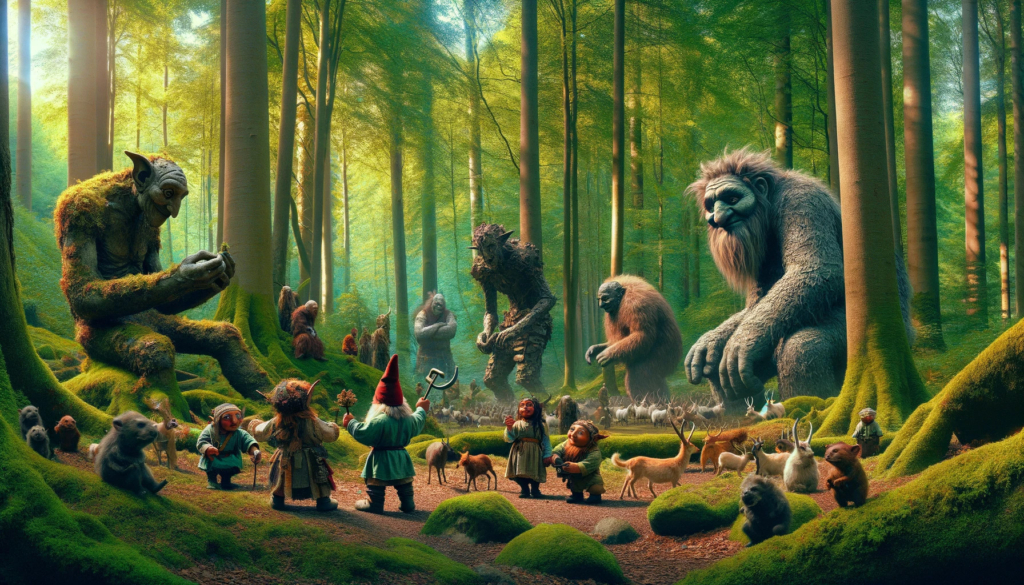
The mythological creatures is almost always connected to nature in some way. Living in it or protecting it. Just as nature itself, they are neither inherently good or bad. They are unpredictable and wild, unbothered by the rules of society. And like nature, they can both give and take. Just like water is both life-giving and dangerous, a being can help people but also harm them.
They are easily offended, so it’s best to always be polite when meeting a supernatural being. And NOT to enter in to pacts with them, as they will hold you to your bargain.
It is hard to describe their looks, since they can change their apperance. Trolls and giants, for example, is often described as ugly, but can enchant themselves to look like beautiful humans. Many can take animal form, or make themselves invisible. When they interact with humans, they tend to take human form.
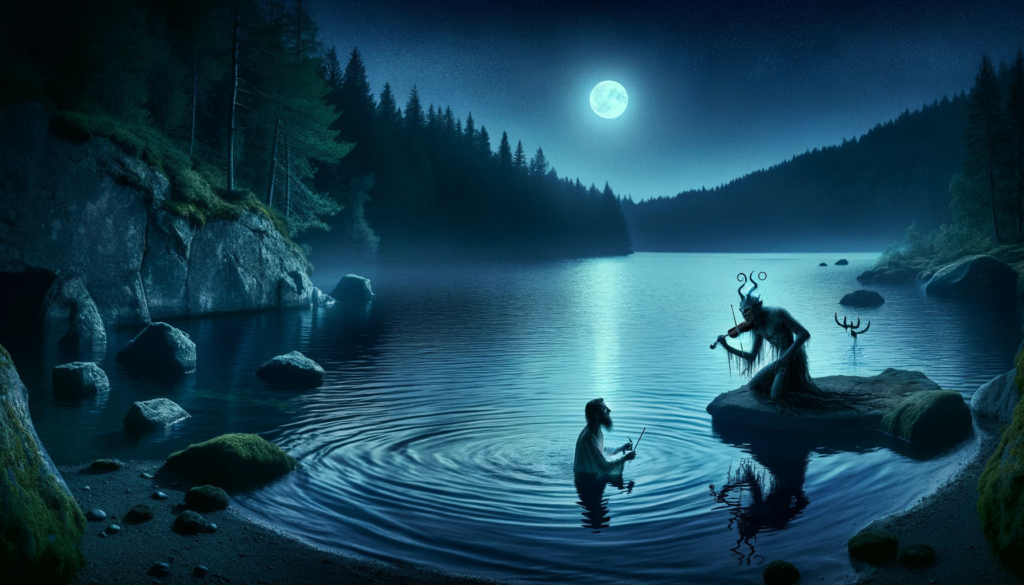
According to the church, these beings have no soul. So the reason that they often try to lure people to them – for example the Nix try to lure people into the depths of a lake or river – is to trap them and take their soul.
Since these beings were very much a reality to people in the past, they invented many different ways to protect themselves from harm. Steel was a common protection – the supernatural beings could not be around it, and if they touched it they would lose their powers. Knives or scissors were extra powerful protections. If you were going to swim, you could stick the knife into the ground by the shore and ”tie” the Nix so he couldn’t drag you down.
And scissors were even more powerful, since an open scissor looks like a cross – and the supernatural beings are of course afraid of anything that has to do with Christianity. If you put a steel scissor in the cradle, it would prevent those beings from taking the child. Putting a scythe over the barn door protected the animals. Many wore iron necklaces with a so-called troll cross to protect themselves.
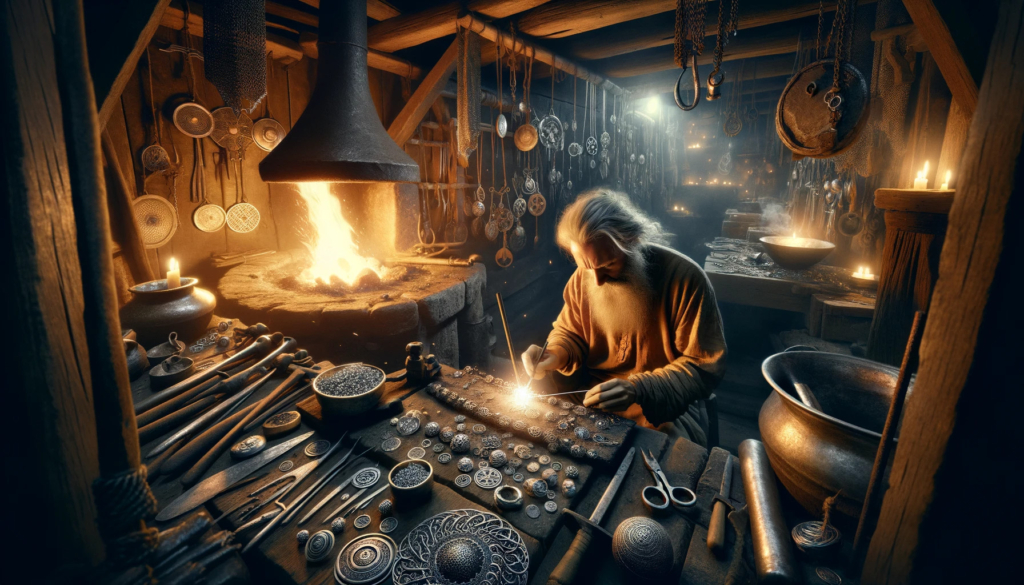
Silver could be used to ”bribe” the creatures or get on their good side. In some parts of Sweden there was a certain type of silver amulet that would protect against illness caused by fairies. It was to be forged over three Thursday nights, made by silver from nine different givers.
Trolls and giants were especially afraid of the church bells. If someone had been taken captive by them, people could remove the bells and ring them in the woods, and the trolls or giants would release their prisoner just to be rid of the sound.
In the next post, we’ll explore the nature of giants.
Sources:
Egerkrans, Johan. Nordiska väsen (2013)
Wall, Tora. Folktrons väsen (2021)

